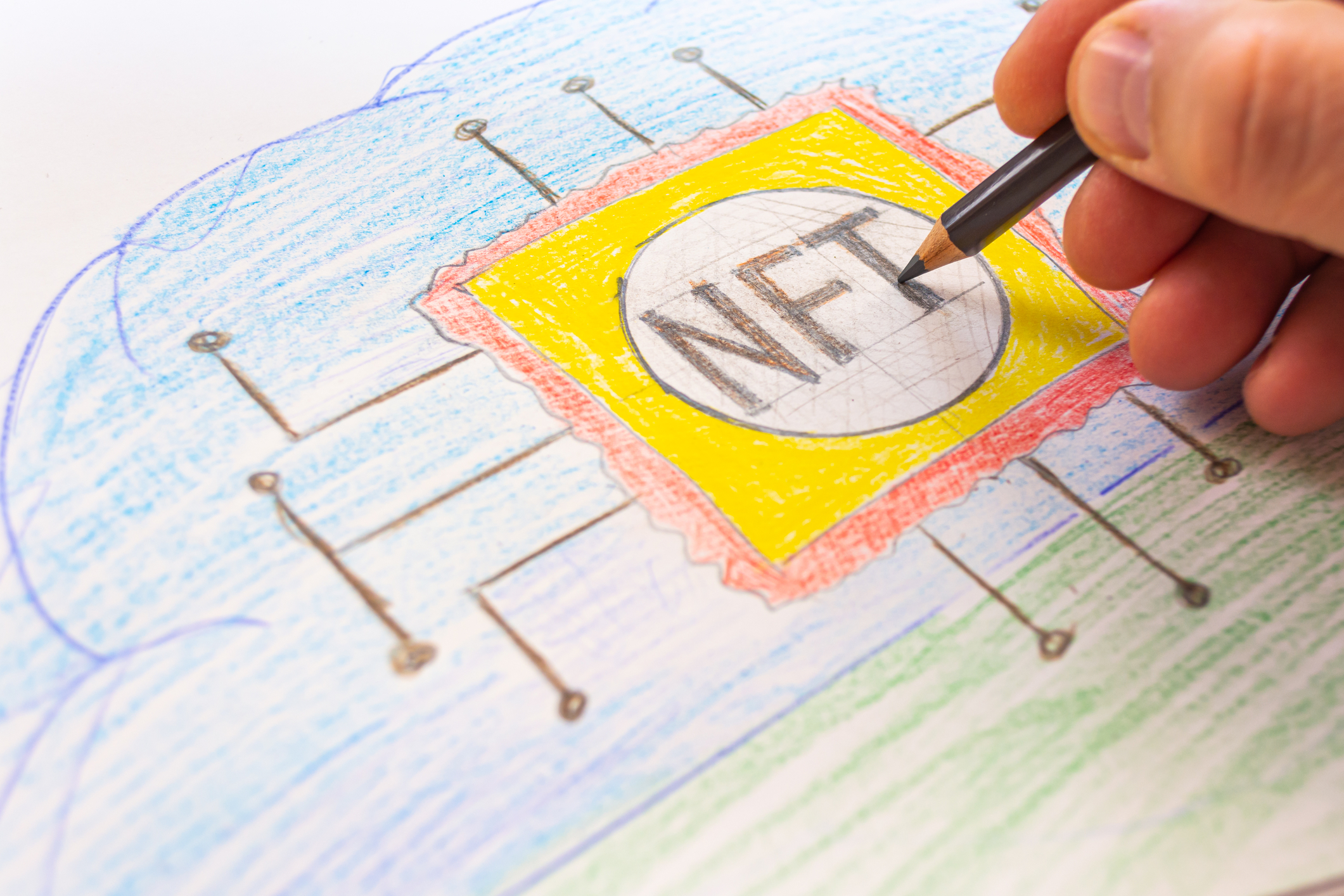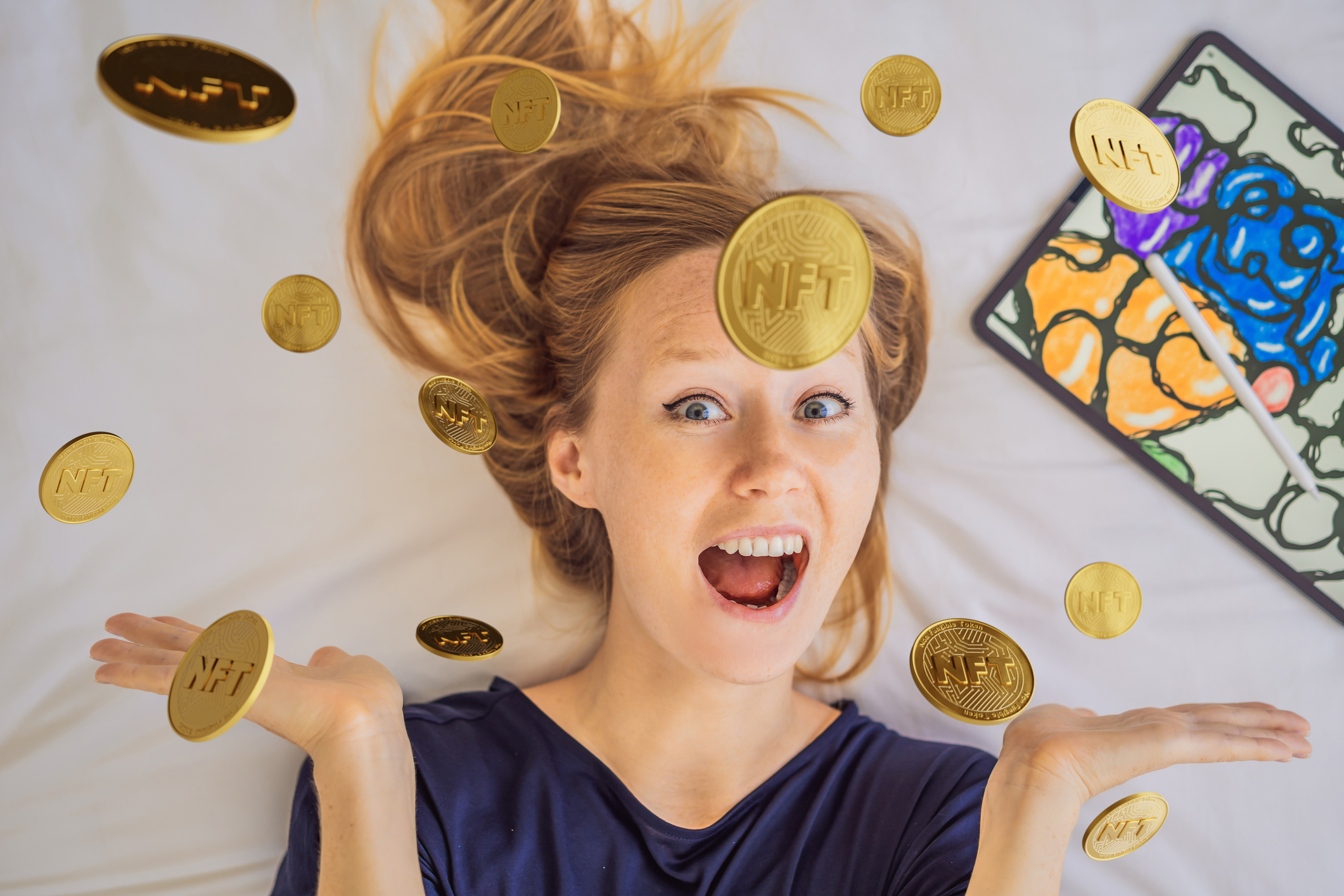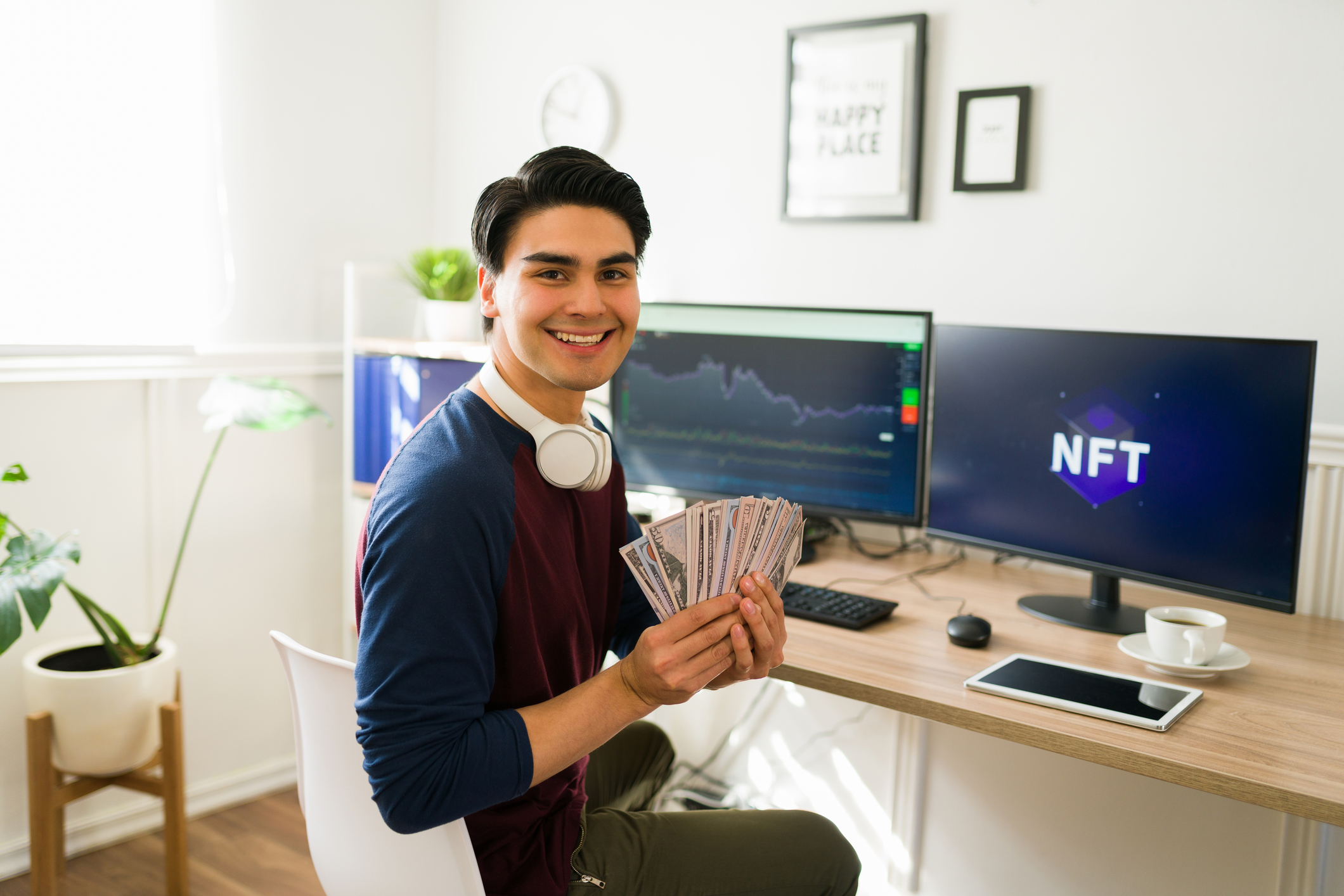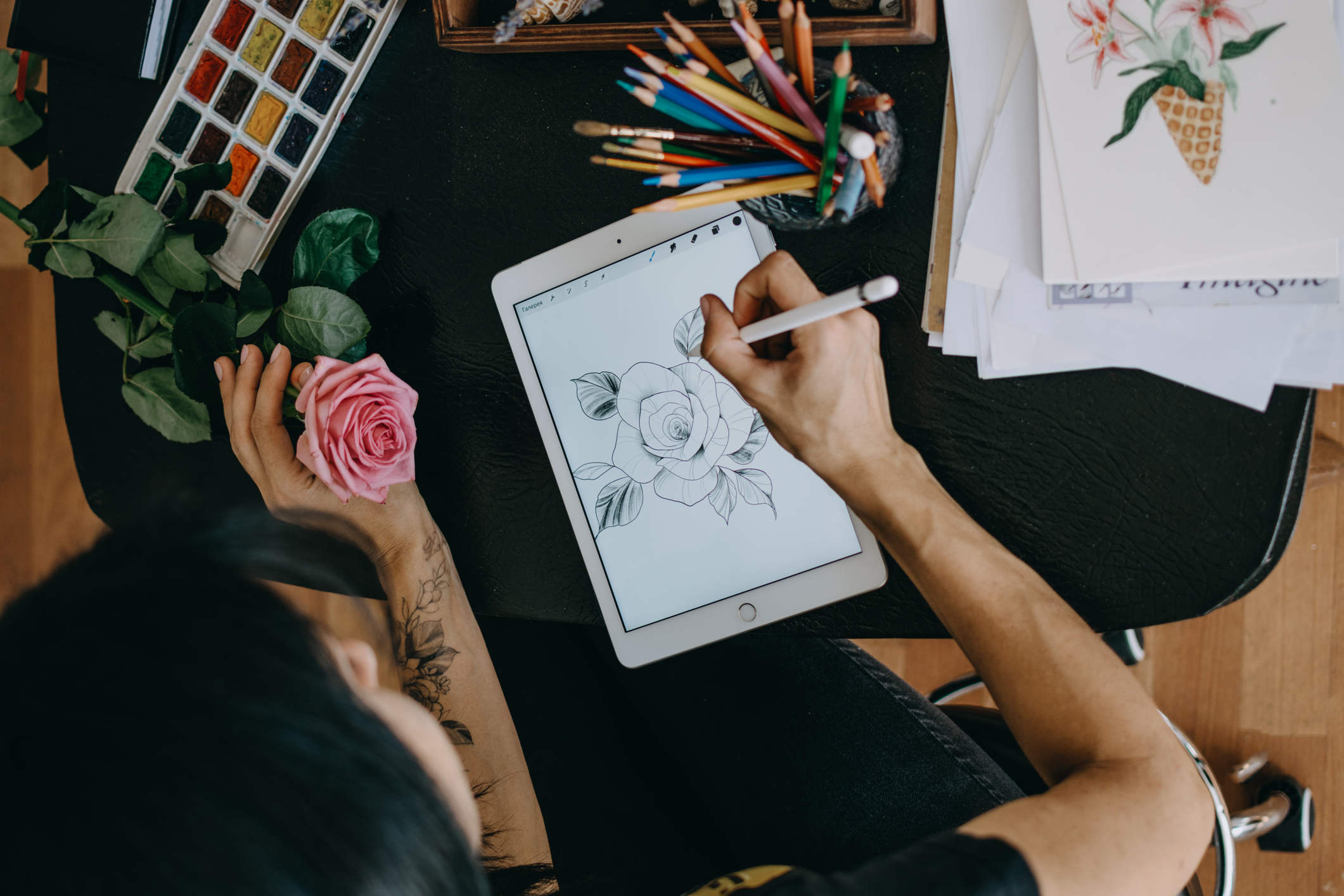Many artists like you are more comfortable sketching their creations on traditional mediums or even hand drawing directly to digital using a digital pen or graphics tablet. And, like you, they’re curious whether they can jump onto the NFT trend with their hand-drawn artwork.
NFTs can be hand drawn directly in a digital medium or digitized from physical art. The non-fungible token starts an artwork’s provenance or history and verifies ownership of the creative work. There are several methods for producing hand-drawn NFTs, including successful sales.
So what’s the advantage of creating an NFT, and how do you get hand-drawn artwork onto an NFT marketplace?
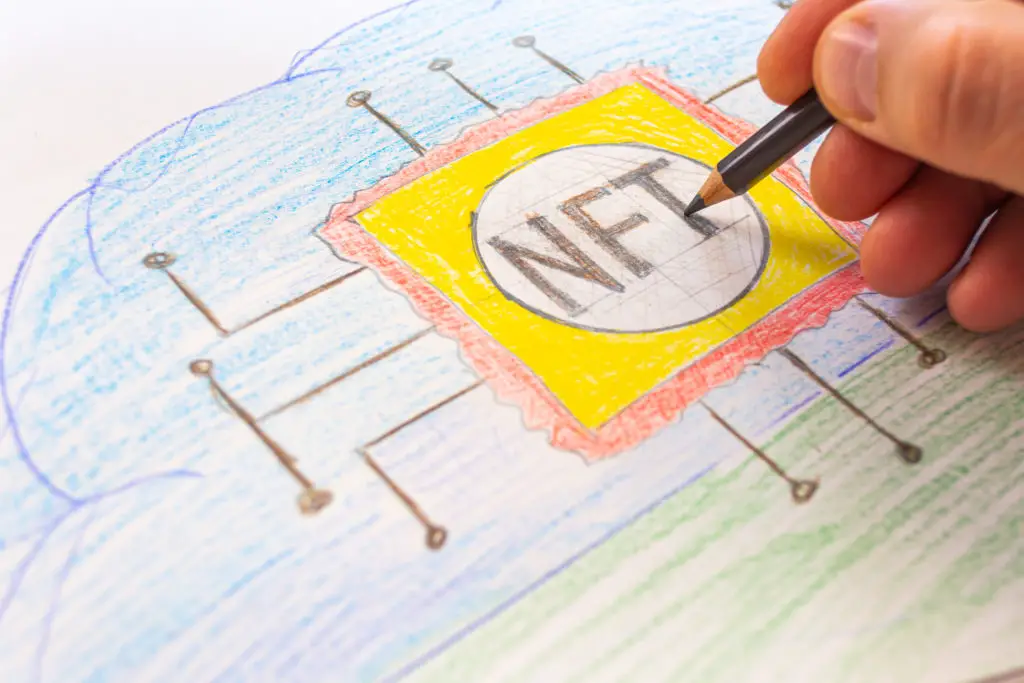
NFTs Representing Physical Art
Most people assume that NFT artwork is only the digital trendy pictures that are auto-generated or somehow only digital.
This can’t be further from the truth.
Non-fungible tokens represent provenance, an artwork’s history, and proof of authenticity and ownership. It doesn’t matter whether the creative piece is originally digital or a physical object that’s been digitized.
Linking physical art to NFT is not ideal, but it is still a viable option for many artists wanting to leverage new marketplaces and the technological innovation of NFTs.
Marketplaces like OpenSea are working hard to protect buyers and creators while making it relatively easy to authentically invest in and trade provably unique artwork.
Through NFTs, art collectors can easily verify whether the art they buy is genuine. At the same time, artists can earn money from their creations over multiple sales in secondary markets. Artists can also benefit from the increased demand for their work, whether it’s generative or hand-drawn.
Some of the most successful NFTs started as hand-drawn creations.
Successful Hand-Drawn NFT
Entrepreneur Gary Vaynerchuk hand-drew his VeeFriends collection, which sold for more than $1 million.
Gary self-labels his work as doodles and considers his characters to be motivational pieces meant to inspire other developing entrepreneurs.
Veefriend ownership includes more than just the art piece. They act as a ticket to future events and access to the entrepreneur’s time.
This is where the power of NFTs comes in for artists.
Creatives like you can verify the artwork is authentic and reward your patrons with access to future work while building a community of loyal fans.
Convinced? Now it’s time to get your art onto a blockchain.
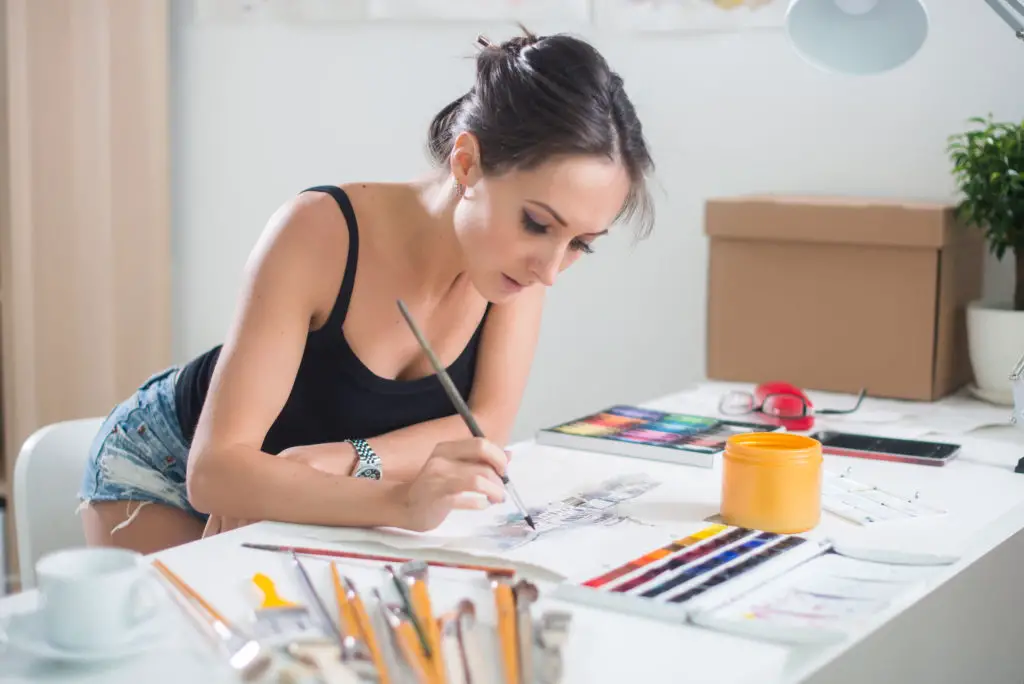
How To Digitize Your Physical Drawings
Many artists have now moved into creating their works in a digital format in their original form. For those that prefer the touch and feel of physical mediums, you’re not left out of the NFT market.
I’m sure you’re familiar with producing digital representations of an art piece for sale on online galleries or showing the progression of commissioned physical artwork to art patrons.
Most NFT artwork will be displayed and remain in digital format, so it’s crucial to produce the highest quality digital version possible…one that highlights the hand-drawn nature of your piece.
Hand Draw Your Original Digitally
Ideally, hand-drawn NFT art is best when it’s in a digital form from its inception. Starting in a digital format yields the highest quality, reducing undesirable artifacts introduced during digitization.
For artists that prefer the pixel-perfect nature of digital art, vector illustration produces a clean, crisp line drawing that retains its shape even after scaling. Vector graphics are scalable, making them perfect for display on any screen.
Digital artists can use standard graphics applications to produce artwork that will become an NFT. There’s no need for specific NFT apps to be purchased, downloaded, or learned.
Now onto your options for digitizing physical hand-drawn art…
Scanning To Digitize Hand-Drawn Art
The most critical portion of producing high-quality outputs is controlling the conditions under which art is digitized. Using a flatbed scanner provides the most control and truest reproduction of your art piece possible.
Most consumer-grade scanners will allow you to capture the best detail as a starting point for producing NFT from your hand-drawn work. There’s no need to spend thousands of dollars on a professional scanner when first beginning to digitize your artwork.
If you do not already own a flatbed scanner, look for a model with the highest dots per inch or DPI rating based on your budget and ensure that it is compatible with the operating system you use on your primary computer.
You might already know that producing the largest, highest-resolution version of your artwork is key. Reducing the digitized image to smaller proportions generally yields an acceptable version, while enlarging a small, low-resolution scan introduces artifacts and ultimately will reduce the quality of the NFT art.
Digitizing Art Through Photography
Here’s an example of the tools of one artistic medium helping another.
Digital photography came to market during the early 1990s and has since become a total replacement for film-based photographers. Modern image sensors now surpass the quality of previous photographic methods. With the flexibility that digital output offers, using a digital camera to capture physical art is another great option as long as the artist or photographer can control the lighting of the physical art.
Since most smartphones are equipped with excellent, sometimes multiple cameras, artists may be able to capture a digital version of their hand-drawn art using a smartphone photo to produce an NFT piece, again, depending on the level of lighting control.
Alternatively, a photo from a smartphone can be the base for producing a vector version to be sold as an NFT using a mobile app. This is where the power of Adobe Capture comes in.
Adobe Capture
The Adobe Capture CC app can be used to create vector-based shapes from photos and then send them to Illustrator on your desktop for further refinement. It is a great way to create art digitally without buying expensive software or hardware, and it works well with other apps like Sketchbook Pro and Adobe Draw.
This is how it works:
- First, download the app and open it.
- Load your image into Capture using one of two methods. Either: A) Take a photo directly in the app’s live camera, or B) Import a photo from your Camera Roll.
- Once the image is loaded, you’ll see an array of different tools at the bottom of the screen.
- Use the slider to tidy up any stray marks.
- Tap crop to isolate the area you’d like to vectorize.
- Once you’re happy with the selection, tap the smooth to smoothen the lines of the sketch and click save.
When you’re happy with the Adobe CC results, share the image with Adobe Illustrator for any final edits.

Easy Steps To Convert Drawings Into Formats Ready To Be Minted Into NFTs
If you are an artist that likes to create art by hand, there’s nothing like the feel of drawing on paper. And if your best work is still done with pencils and traditional media – don’t worry! We can turn those physical creations into valuable NFTs ready for sale using the easy steps below:
Step 1: Digitize your work
There are many ways to capture an image of your hand-drawn art. You can use Adobe Capture CC or a scanner. Always save your image in the highest quality possible to reduce the risk of losing detail or pixelation when you resize it.
Tip: Designers recommend using scanning for the best results.
Step 2: Open the image in Photoshop or Illustrator
Tip: Create a copy of the image. This way, you can always go back to the original if needed.
Step 3: Clean up the image. Remove any smudges, blemishes, or off-white backgrounds.
Tip: The better you clean the image right now, the easier it will be for Illustrator to trace it, and the fewer adjustments you will have to make later.
Step 4: Trace the image.
Convert your trace into paths. In Illustrator, use the “Live Trace” function to convert your drawing into vector art. The software will automatically trace and create anchor points along the edges of your drawings’ lines and shapes. That way, you don’t need to spend hours trying to connect the dots in your illustration.
Tip: What’s so special with vector images? You can scale them to any size without losing quality!
Step 5: Play with color.
You can experiment with color if your image is in vector format. You can also add special effects like gradients, shadows, and 3D bevels.
Step 6: Save your file as a PNG or JPEG.
Tip: Most NFT marketplaces require your image to be in a specific format and size. Make sure to check the requirements of the marketplace you plan on using before exporting your file.
And that’s it! You’ve now successfully created a digital version of your hand-drawn artwork that’s ready to be minted into an NFT.
